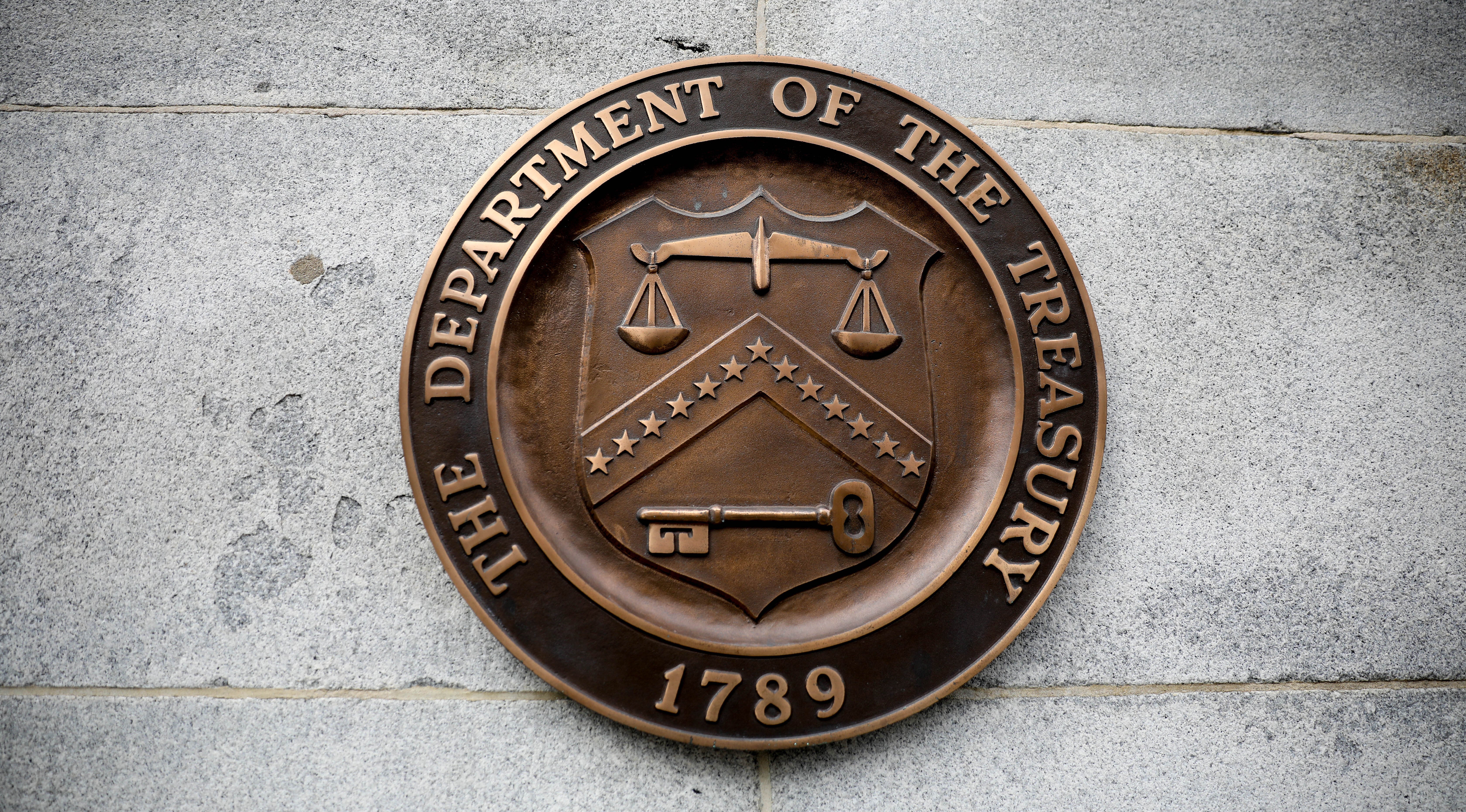Chances that US could default on its debt in early June grow amid weak tax collections
(CNN) — It’s growing more likely that the US could default on its debt as soon as early June if Congress doesn’t act, according to a trio of new analyses.
That’s because tax receipts are running much weaker than expected so far this season. The Treasury Department is counting on that infusion of funds, along with several “extraordinary measures,” to continue paying the federal government’s bills in full and on time until lawmakers raise or suspend the debt ceiling.
An accelerated timetable would mean that President Joe Biden and House Republican lawmakers would have to quickly ramp up their debt ceiling discussions in order to avoid a default that would send the US economy and global financial markets into a tailspin. House Speaker Kevin McCarthy is trying to get his legislation to increase the borrowing cap through the chamber this week to jump start talks with the White House.
When the US hit its debt ceiling in January, Treasury Secretary Janet Yellen informed Congress that cash on hand and “extraordinary measures” should last at least until early June. A variety of forecasters estimated that the so-called X-date, when the US would default, would arrive over the summer or in the early fall.
Yellen is expected to update her projection in the near future as the department gets a clearer picture of how much it collected in tax revenue for 2022 and the first quarter of this year.
But analysts are warning that it doesn’t look good. While tax receipts were always expected to be below 2021’s robust levels, they are even weaker than forecast — down around 35% so far.
That is prompting Goldman Sachs analysts to now say that an early June deadline looks “nearly as likely” as the late July deadline that they project. It noted in a Friday report, however, that Treasury has only received around 56% of the expected tax collections.
Moody’s Analytics economists had forecast the X-date would arrive in August, but they now say that it could come as soon as early June.
And Wells Fargo analysts now believe there is a “small tail risk” that Treasury could hit the X-date in early June, though they say the most probable scenario is still early August. The government will owe about $65 billion in monthly Medicare payments to health and drug plans, as well as a large share of pay for active-duty military, veterans, civil service and military retirees and others at the start of August. About $25 billion in Social Security benefits is paid out a few days later.
If tax collections are enough to keep Treasury’s coffers flush through early June, then it’s likely the government won’t default until much later in the summer. The agency will get another injection of funds from second quarter estimated tax payments, which are due June 15, and from extraordinary measures that become available at the end of the month.
Concerns grow
The financial markets are starting to get worried that Congress and the White House won’t come to an agreement. Investors are demanding historically high yields for US Treasury notes that mature in July. If the US defaults, bondholders may not be repaid the money they’re owed on time.
Also, the spreads on US five-year credit default swaps are widening, reflecting investors’ mounting concern. Credit default swaps provide bondholders with a guarantee that they’ll receive the money they’re owed if the bond issuer defaults. It becomes more expensive to buy a credit default swap when the chances of a default rise.
McCarthy’s plan would raise the national debt limit by $1.5 trillion in exchange for an array of cuts across domestic programs, including returning discretionary, non-defense funding to fiscal 2022 levels while aiming to limit the growth in spending to 1% per year.
It also would block Biden’s plan to grant student loan forgiveness, repeal green energy tax credits and kill new Internal Revenue Service funding enacted as part of the Inflation Reduction Act. The measure would impose new work requirements on certain Medicaid recipients and tighten the work mandate on certain people who receive food stamps. The plan would also expedite new oil drilling projects while rescinding funding enacted to respond to the Covid-19 pandemic.
The package has no chance of passing the Democratic-led Senate, and Biden has already said he would veto it.
But if it did become law, it would hurt the economy in the near term, according to Moody’s Analytics. It would stunt economic growth and increase the unemployment rate in 2024 compared to a so-called clean debt limit increase that does not include significant fiscal policy changes, which the Democrats want. Under McCarthy’s plan, employment would be 780,000 jobs lower by the end of 2024



